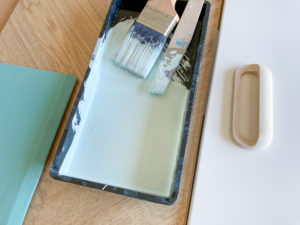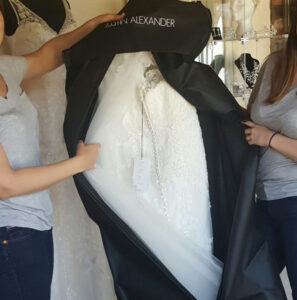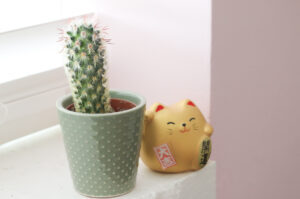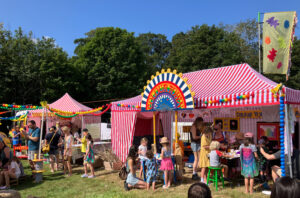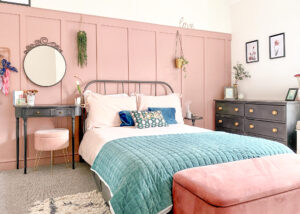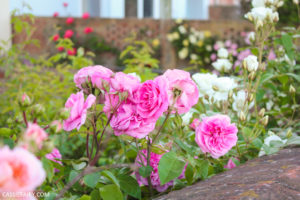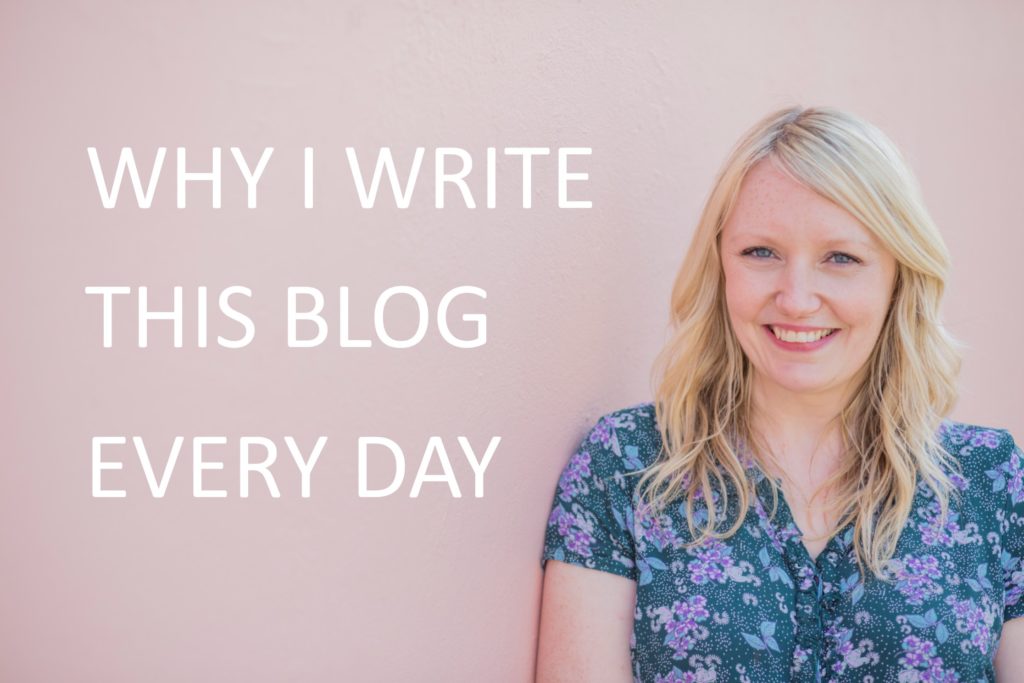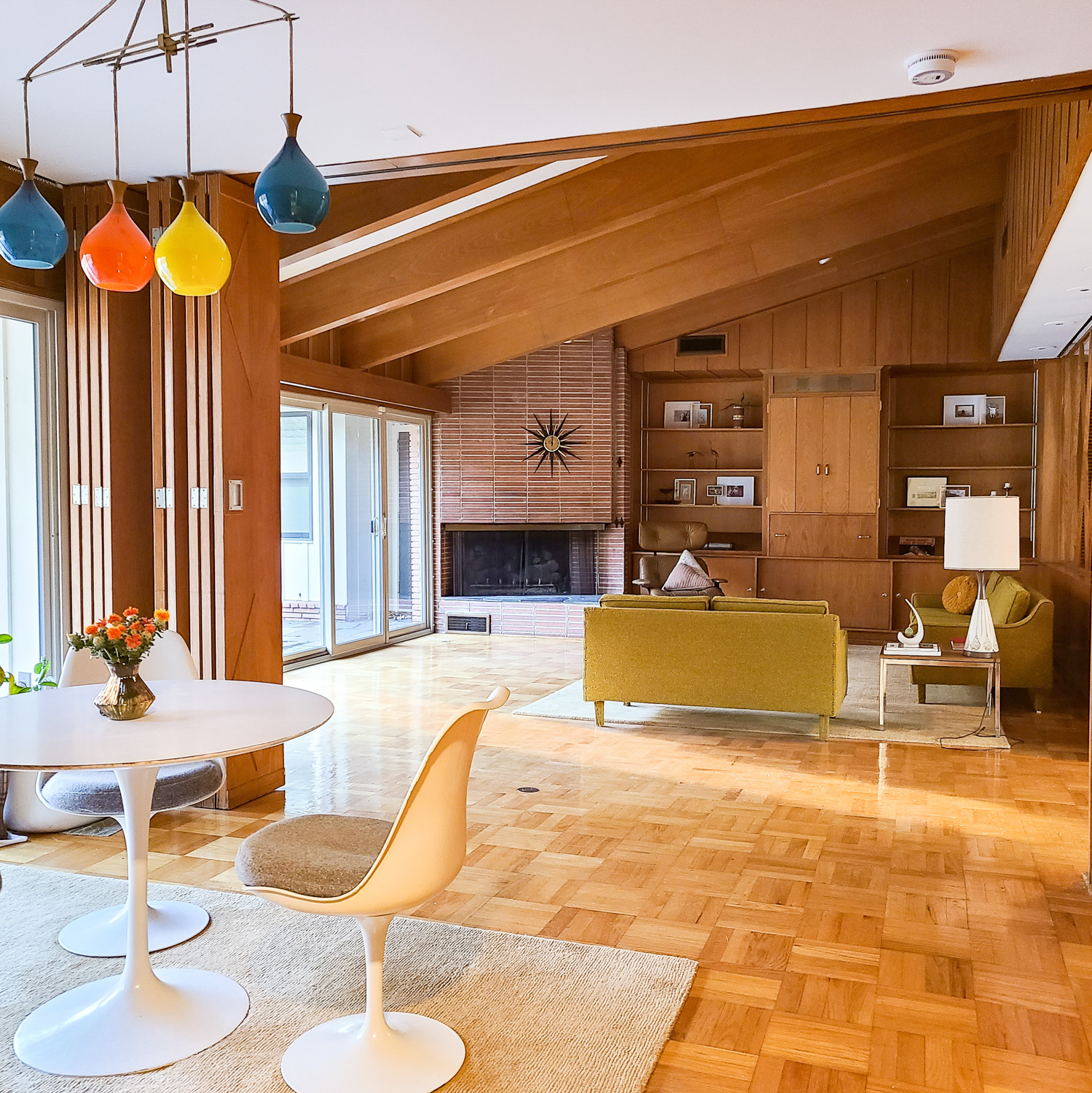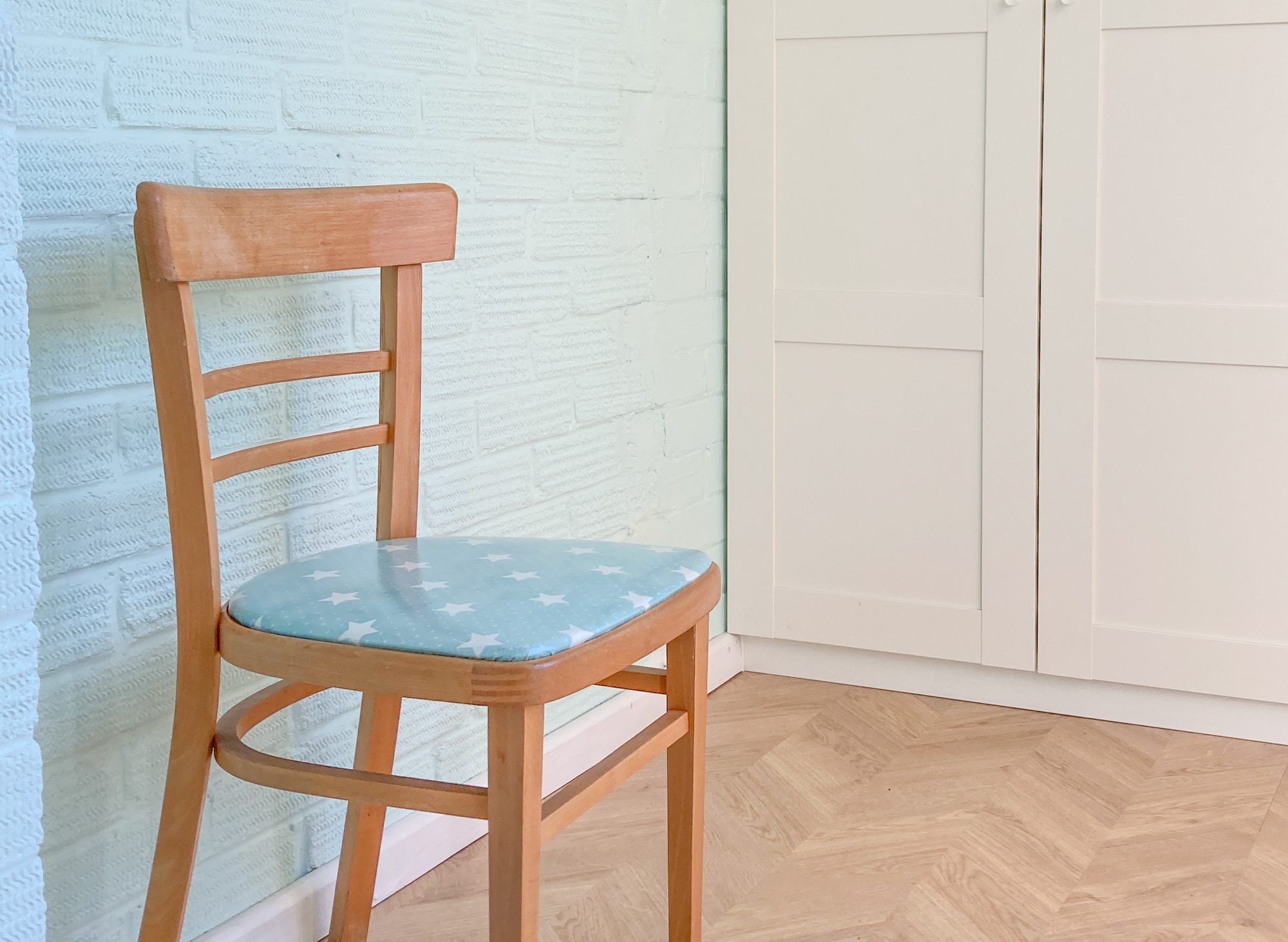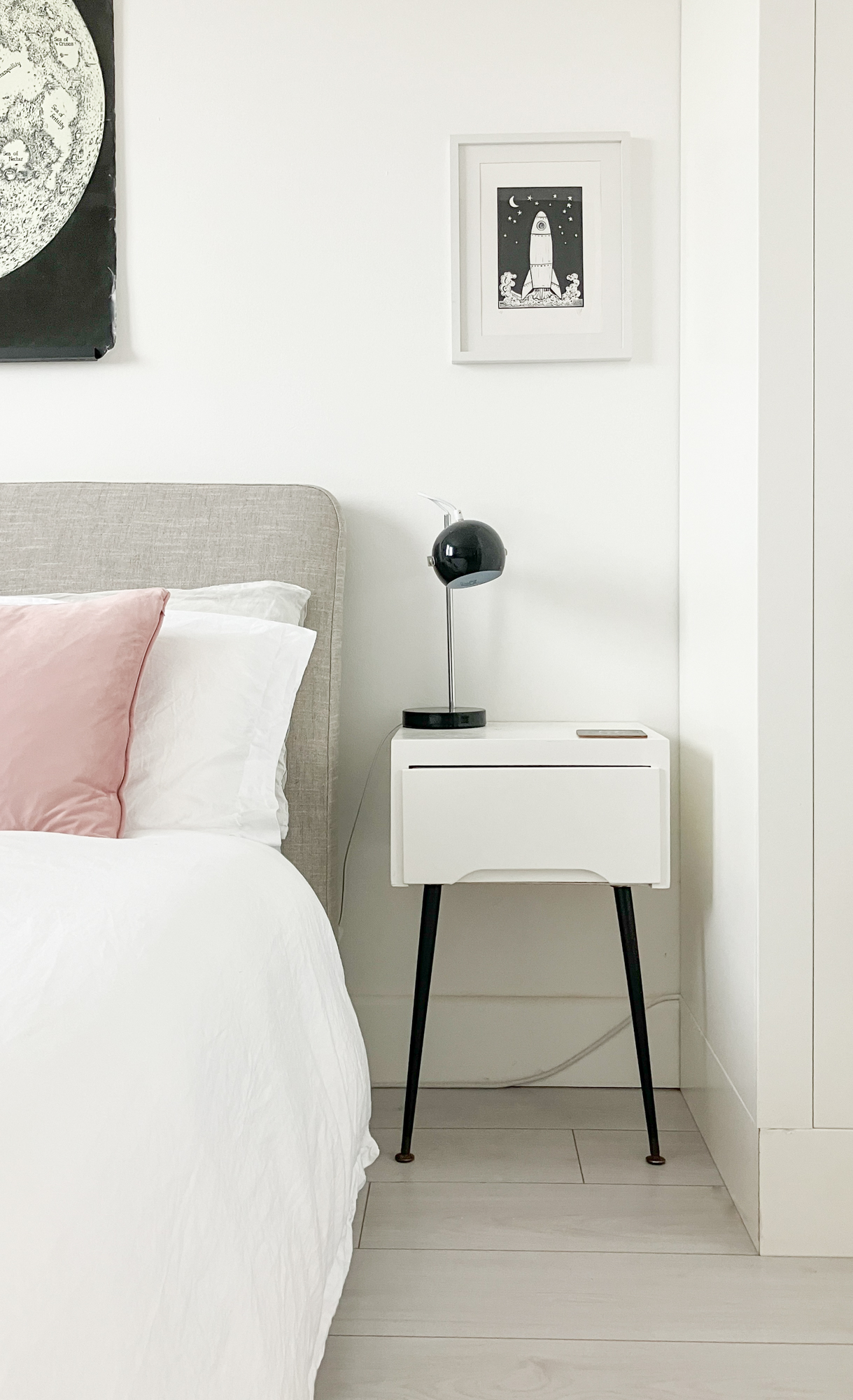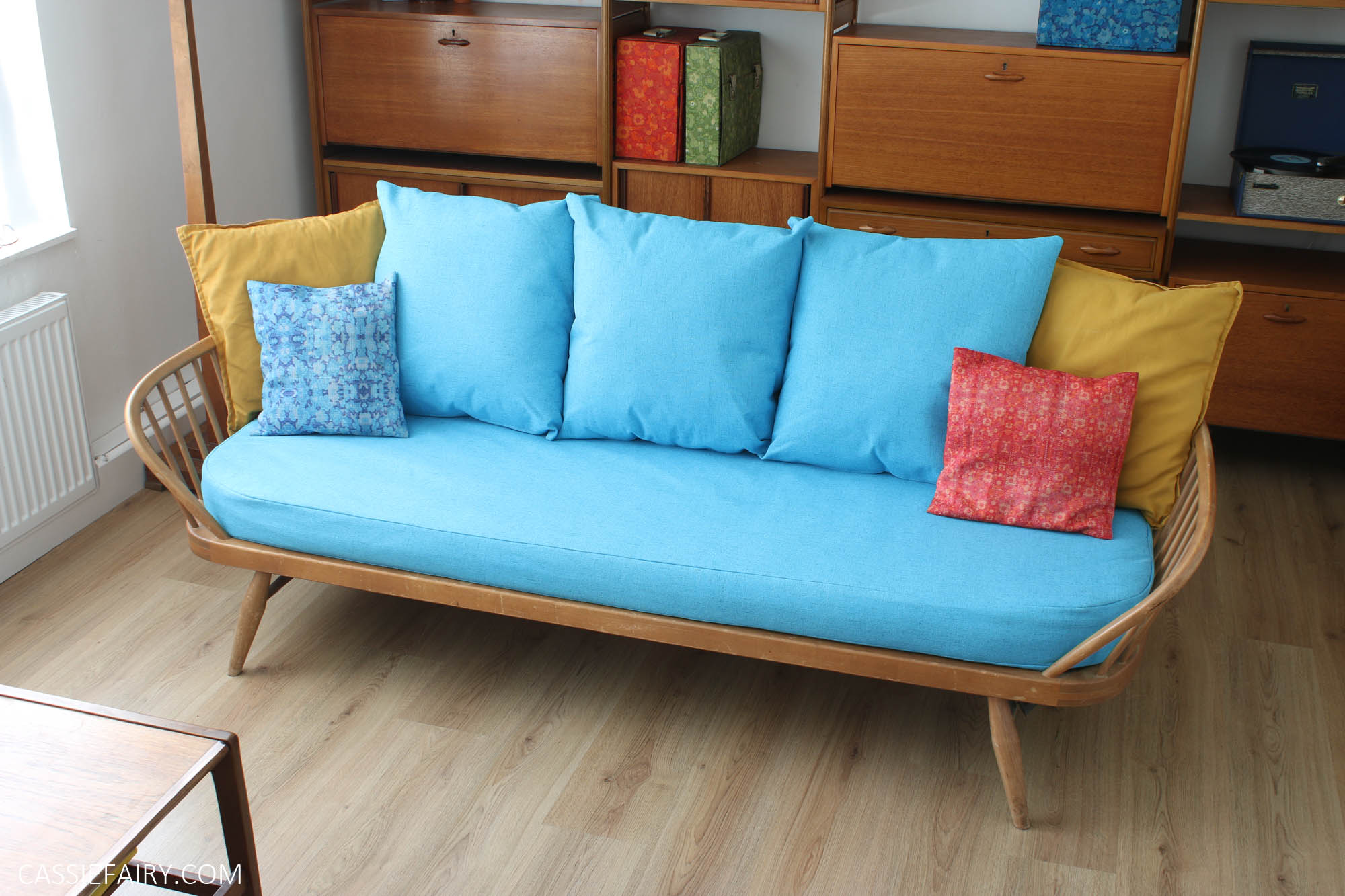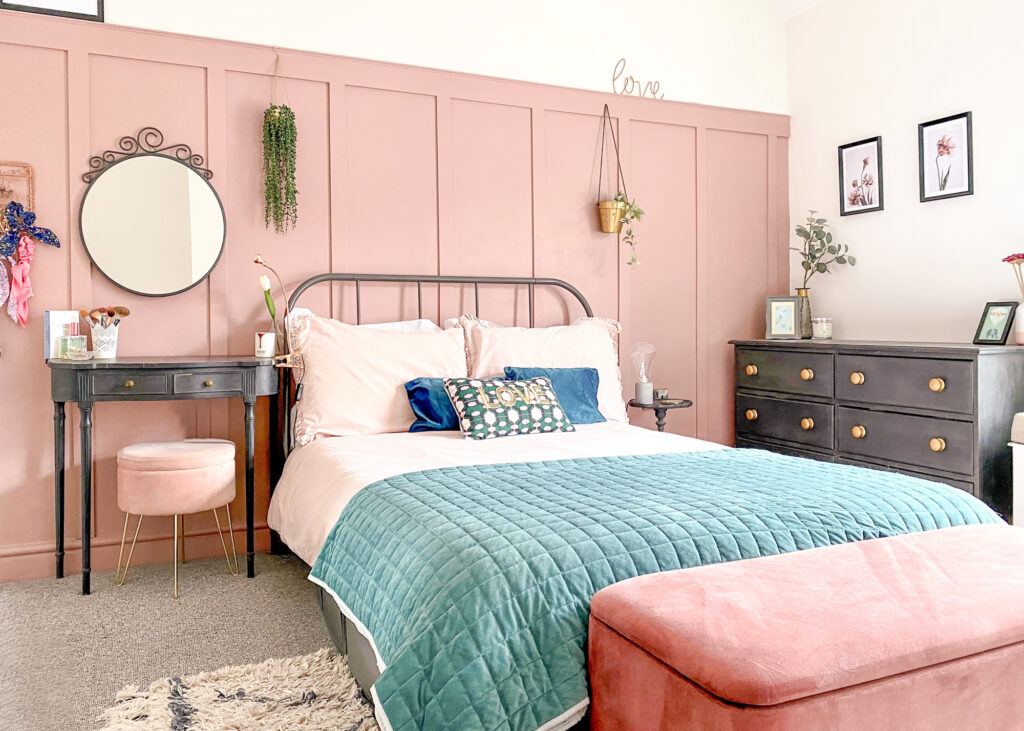
Image from my home tour of @s.l.f_home
You may only have noticed it subconsciously, but wood wall panelling has been quietly staging a full-blown comeback over the past few years. This isn’t a return to dusty studies or a 1970s throwback, though; Today, panelling is turning up in the smartest of places, from boutique hotels to pared-back period townhouses …and it’s looking sharper than ever.
Of course, there’s a reason it’s back on the radar of interior designers. As homes, offices and spaces of all nature get more sleek and more minimalist, people are reaching for materials to soften the edges, both literally and visually.
Wood – perhaps the most natural of materials – does this in spades, adding warmth, bringing in a sense of tactility, and making a space feel considered, rather than just filled.
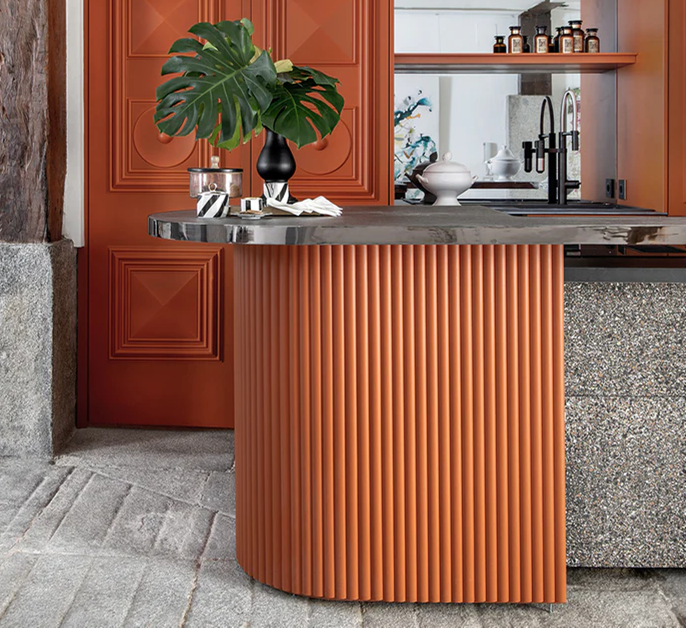
When looking for inspiration for my own interior, I’ve been seeing lots of examples of wood panelling throughout the past century and my favourite is, perhaps unsurprisingly, the sleek panelling of the Mid-Century Modern era.
So, of course, I wanted to find out more about this trending decor technique, including how I can DIY it myself to save money in my own home. Here’s what I found out…
What Is Wall Panelling, Really?
Let’s not assume everyone knows what we’re talking about when we speak about wood wall panelling. In the simplest of terms, it’s the process of adding wood or wood-look panels to your walls – but this makes it sound far more mundane than it actually is.
When it’s done right, panelling can change the entire feel of a room, giving depth to blank spaces, masking wonky plaster, and hushing the echoes you get in open-plan flats. Part finish, part feature, all intention.
Why It’s Everywhere Again
It looks good. That’s a given, but panelling also earns its place with a few unexpected perks. It can help insulate walls, cut down on noise, and shrug off the scuffs of daily life far better than a lick of emulsion. As you might imagine, this is useful if you’ve got busy hallways, wild kids, or a particularly clumsy vacuum.
There’s something else going on too – a kind of design nostalgia. We’re surrounded by glass, gloss and smart tech, but still crave the grounding feel of natural materials. Panelling brings a touch of calm – even soul – to a room. It feels permanent in a way that’s rare these days.
The real beauty here is that it’s wildly versatile. Want a Scandi-style escape? Go for light oak slats. For something more dramatic, deep green board-and-batten has your back. Wall panelling isn’t a one-size-fits-all solution, and there are options abound to get the right look and feel for the vibe you want to craft. Which, for me, is a mid-century look like my recent home tour of Maynard Pearlstine’s 1957 design below.
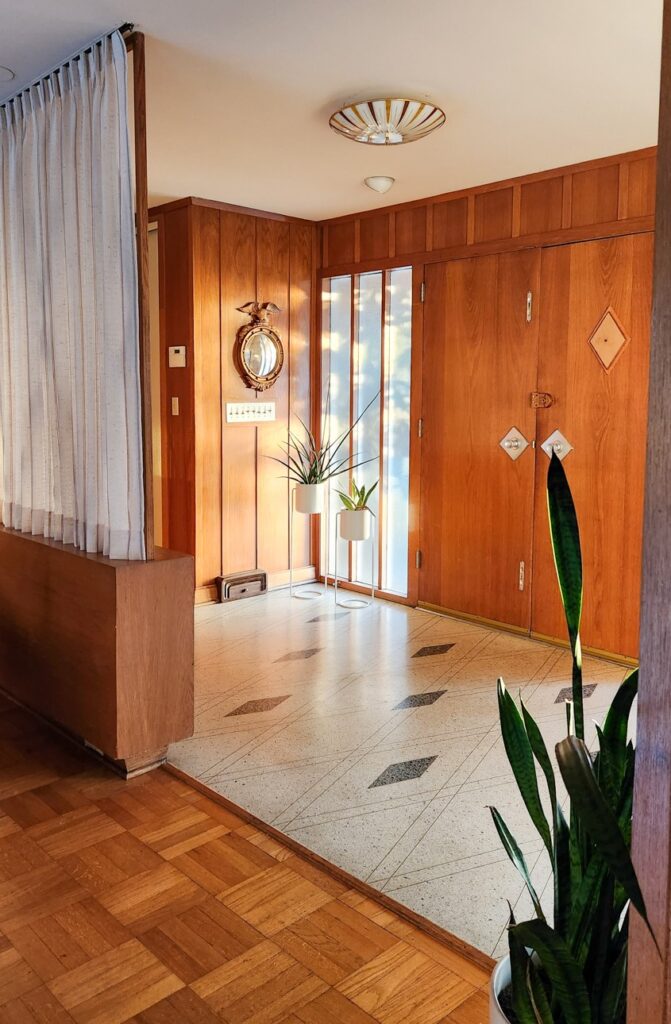
Choosing Your Materials
Here’s where the practical bit kicks in. If you’re splashing out and want that high-end, natural finish, go for solid timber – oak or walnut are both timeless. Oak is warm and golden, while walnut leans darker, moodier. You can really get a beautiful natural grain finish if you blow the budget with wood but…
If you’re planning to paint your panelling or are watching your budget, moisture-resistant MDF is a safe bet – it’s smooth and easy to work with. You can line walls to dado or picture-rail height and add moldings, then colour-drench the walls to create a period-inspired interior.
This allows you to cut the cost of materials significantly and you can certainly DIY the project yourself. Plus, there are also clever in-betweens that’ll allow you to do a DIY install and get a great look – wood veneers bonded to stable boards give you the real-wood look without the price tag. Plenty of suppliers now offer FSC-certified or recycled options if you’re keeping it green.
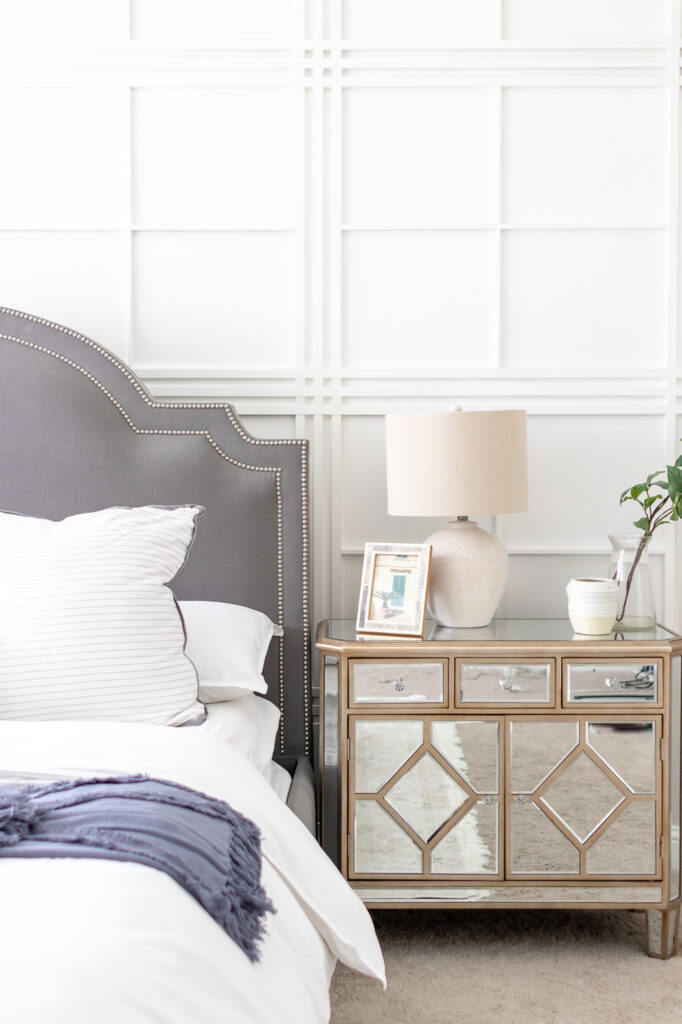
Gbeke’s light and airy interior – check out my tour of her home.
Which Style Works Where?
There are no hard rules, but there are some general guidelines to consider:
Fluted or slatted panels, which offer clean, evenly spaced vertical lines, are having a serious moment. Modern, elegant, and brilliant for sound absorption, you’ll find them in bedrooms, living rooms, even home offices – anywhere a little peace and quiet is needed!
If you’re after something with more of a classic lean, shiplap and tongue-and-groove styles work beautifully in kitchens and bathrooms (yes, that’s right…we’ll get to this in a moment) or any space that needs a bit of heritage character. If you’re going for high-impact drama, board and batten delivers a bold, architectural look that makes a staircase or feature wall really stand out.
In truth, the best style is the one that feels right in your space. Pick something you’ll still love five years from now – not just what’s trending on Pinterest this week.
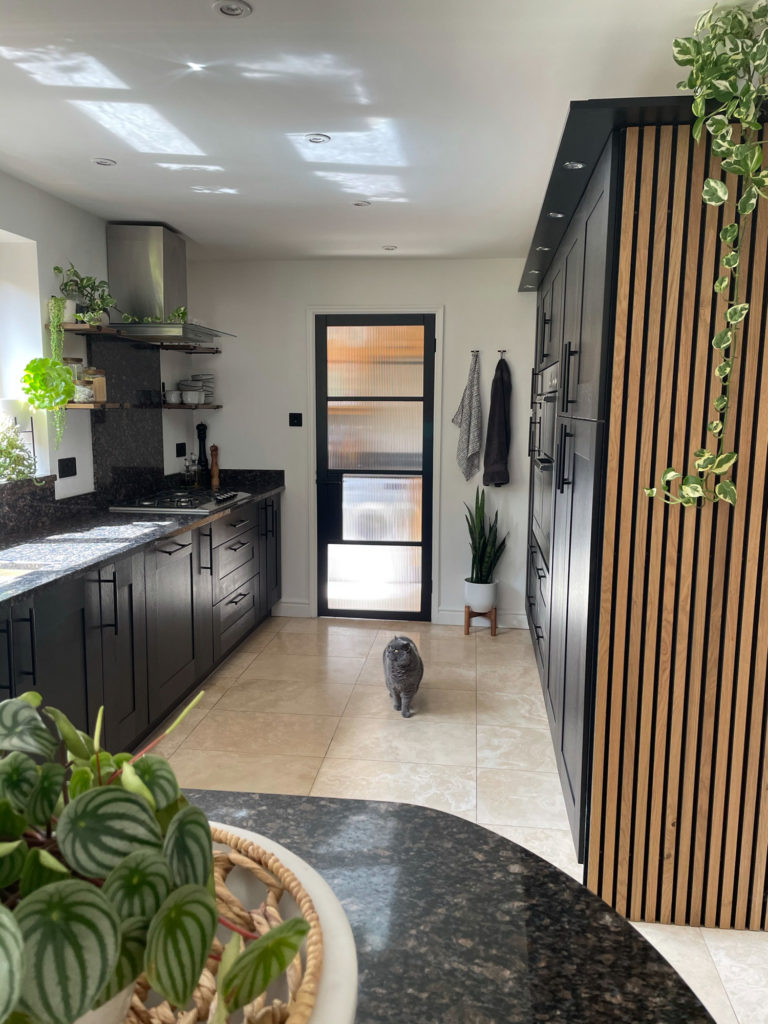
Bamaluz Home uses panelling to add gorgeous detail in the kitchen
Kitchens & Bathrooms
It’s easy to assume wood doesn’t belong in steamy rooms like a bathroom or kitchen, but with the right prep and materials, it can absolutely hold its own. The trick is moisture resistance – sealed panels, good ventilation and proper installation.
There are even purpose-built panels on the market now that are waterproof, mimicking the look of timber without any of the stress. What this means is that if you’re redesigning a bathroom and fancy something a little warmer in tone than white tiles, you’ve got options.
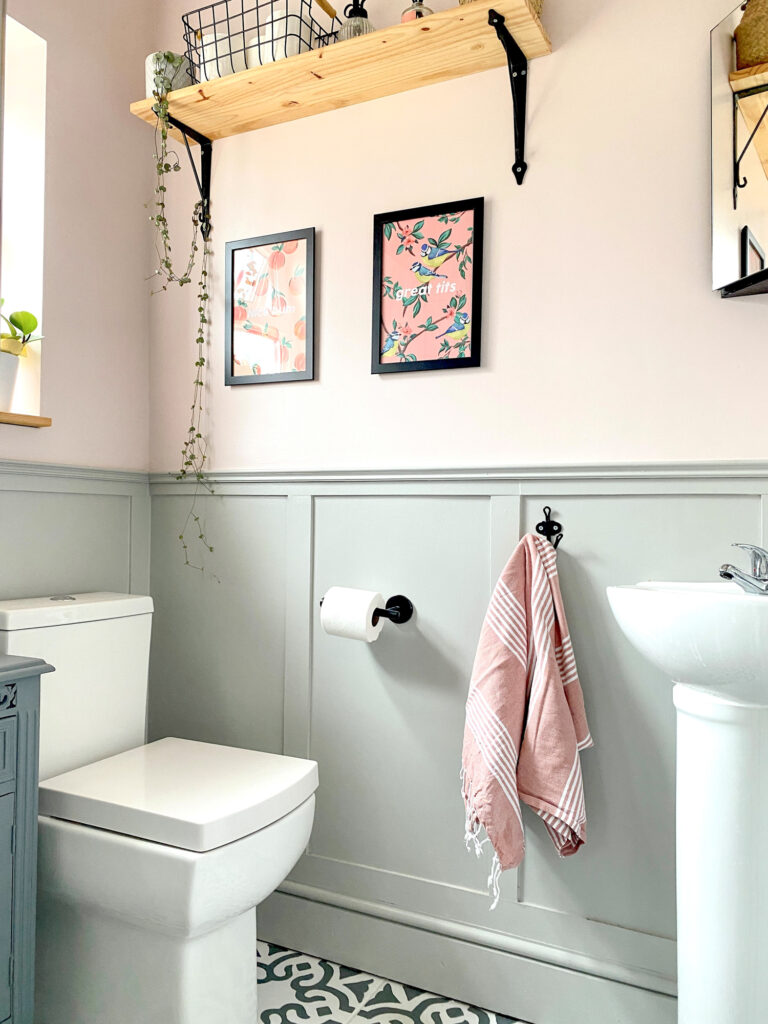
Sarah Fletcher elevated her bathroom with half-height panelling
Paint, Stain or Keep It Bare?
This choice really depends on the vibe you’re going for. Real wood looks beautiful oiled or stained – it brings out the grain and gives you that soft, tactile finish. Painted panelling is more playful and versatile. Rich greens, navy blues, and smoky greys are still going strong, but neutrals and chalky whites have their place too, especially in light-starved spaces.
Raw or barely finished wood, meanwhile, is a go-to for minimalist or Scandi schemes. It’s quiet, calming, and has that lovely undone quality.
Can You DIY Wall Panelling?
The short answer here is “yes”. The longer answer is that some panelling kits are specifically designed with DIYers in mind – especially tongue-and-groove styles or pre-made slatted boards.
For more complex layouts or polished, made-to-measure looks, getting a joiner in is money well spent. If your walls are straight and you’ve got a steady hand (and a decent level), it’s very achievable.
Plus, you can get a similar look to panelling like Nicola has in her bedroom below. She using old picture frames mounted on the wall and all painted the same colour to create a unique budget version of period panelling. What do you think of this thrifty idea?
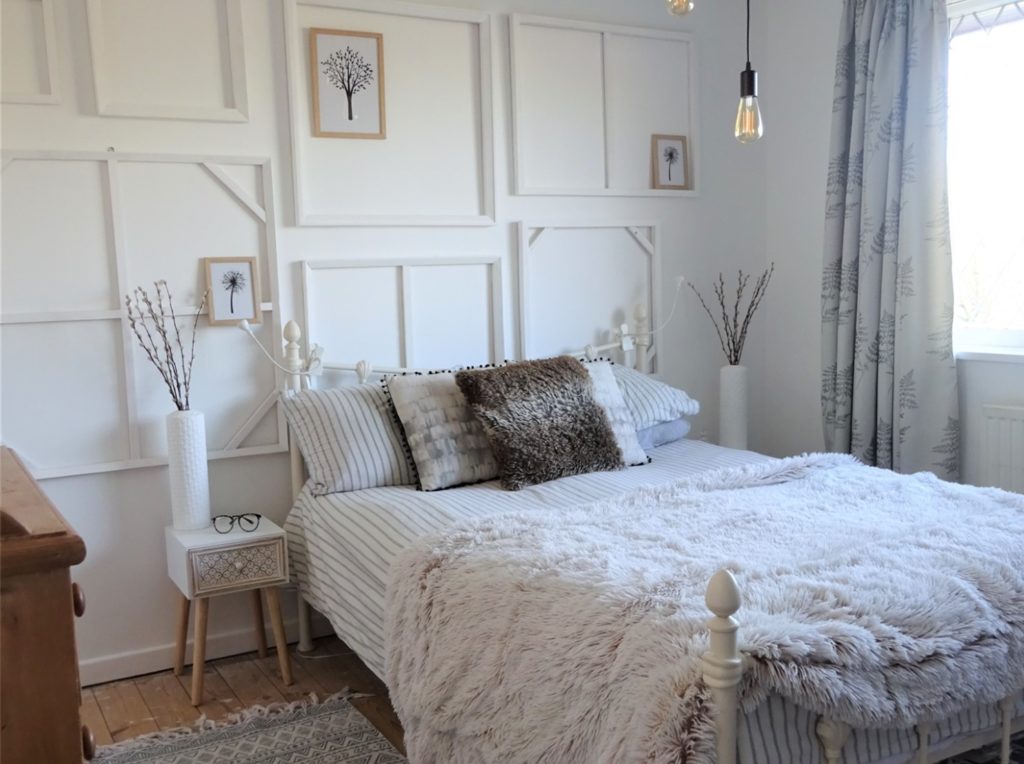
What Will It Cost Me?
Costs vary wildly, as they always do with interiors. MDF and pre-primed panels are wallet-friendly, while bespoke timber joinery, on the other hand, can stretch into the thousands.
Here’s the thing: panelling is one of those details that adds instant perceived value to a space. It wears well, hides dings, and doesn’t date in the same way trends often do. It’s more of an investment into a timeless, classic style and it’ll add saleability to your home in the long run by making your interior look elevated, put-together and professionally designed.
Is It Sustainable?
If you care about the footprint your home leaves behind, the good news is there’s a growing choice of sustainable panels. Look out for FSC-certified woods, fast-growing species like bamboo or poplar, or products made from recycled fibres. Panelling also reduces the need to redecorate constantly – and that’s a sustainability win in itself.
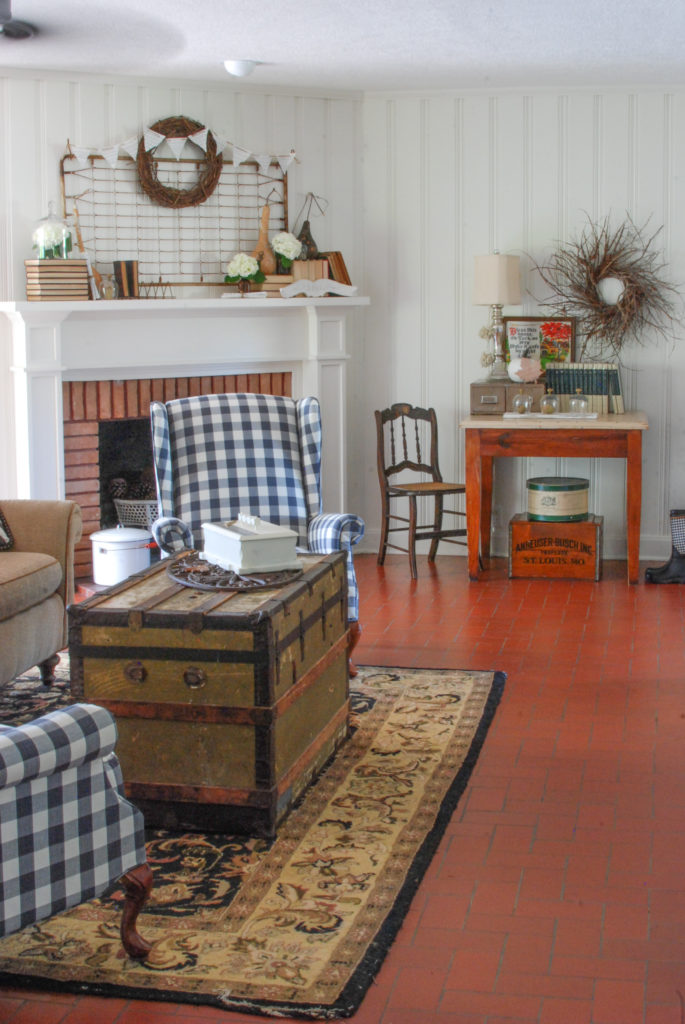
Kim’s interior is full of tongue and groove panelling – check out her home tour.
I hope this article has inspired you to include some wood detailing in your own home this year. Wall panelling isn’t a trend that’s likely to fade any time soon. We’re seeing a return to texture, to craftsmanship, to spaces that feel good. Whether it’s a full feature wall or just a few slats behind the bed, it can turn something functional into something beautiful. What more could you ask for?
Pin it for later
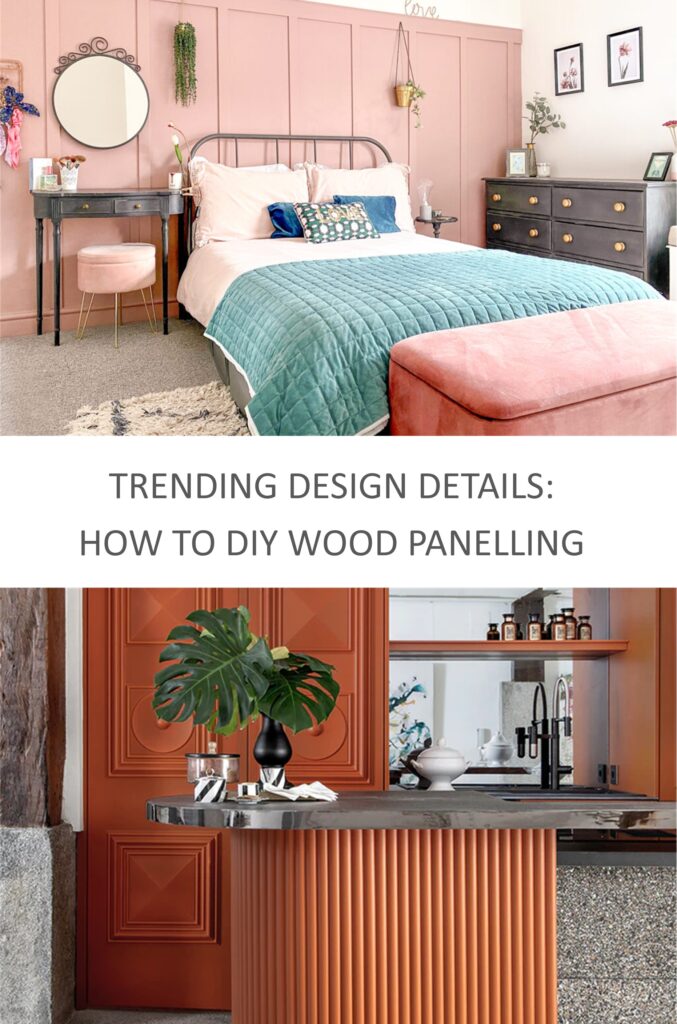
This blog post is an advertisement feature that has been written in collaboration with a sponsor. The pink links in this post indicate a sponsored link 🙂







